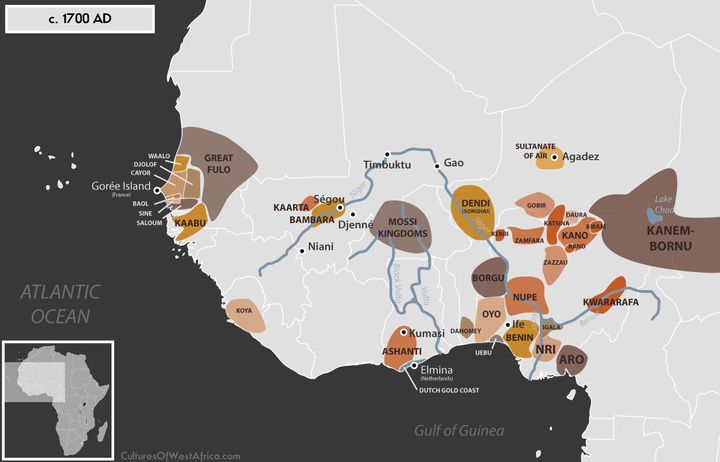During the early modern era, the Americas entered global commercial networks through supplying the demand within the silver and fur economies, directly and indirectly causing the decline of indigenous American populations. Silver emerged as a global currency in the sixteenth century, activating Bolivian mines’ significant silver production. For instance, the tax reform in China’s dominant economy instated that everyone in the vast empire must pay their taxes in silver, sharply increasing the demand for the metal. Standard Spanish silver coins were also widely used in trade by merchants around the world, including throughout North America, Europe, and Asia.

Rising as the most populated city in the Americas of the time and producing eighty-five percent of global silver, Potosí substantially aided the establishment of the first continuous exchange between the Americas and the rest of the world, founded in silver-based trade. However, the success of the city’s mines was driven by the labor force of Native Americans, who worked in extremely brutal environments. A Spanish priest even noted that the indigenous miners remained in the mines for an entire week at a time, and half of them returned harmed.
The working conditions were so atrocious to the extent that sometimes when native men were drafted to go work in the silver mines, their families would conduct funeral services for them. Similar to the production of a globally required metal as a means of American involvement in worldwide economic networks, highly competitive European powers entered the American fur market, monetarily incentivized by great demand for the product. Furs had long been a practical necessity and also a symbol of wealth in parts of the world further from the equator.

In addition to furs’ historic role, European growth and the Little Ice Age, a period of global cooling, stimulated the further need for furs, worldwide, just as the demand for silver had been as well. In North American lands, which were largely rich with fur-bearing animals, Europeans were extensively engaged in the commercial production of furs, leading to fatal implications for the native peoples even more severe than those caused by the silver economy. For instance, within two decades during the mid-seventeenth century, the Huron tribe shrunk by half due to European diseases such as smallpox and influenza.
Not only did the Europeans introduce novel maladies to the indigenous populations alongside the occurrence of the fur trade, but also alcohol, triggering profuse casualties relating to addiction and violence in the unfamiliarized natives. A byproduct of the immensely competitive fur market, European wars on American land forced indigenous communities to fight and die, and the European introduction of firearms only further catalyzed the bloodshed. The incorporation of the Americas into global trade networks in both the silver and fur enterprises and its ramifications for Native American peoples exemplifies the prevalence of worldly advancements at the expense of indigenous populations.
Sources:
Robert Strayer and Eric Nelson, Ways of the World: A Brief Global History with Sources, vol. 2: Since the Fifteenth Century, 5th ed. (Boston: Bedford/St. Martin’s, 2022)
Strayer and Nelson, Ways of the World


